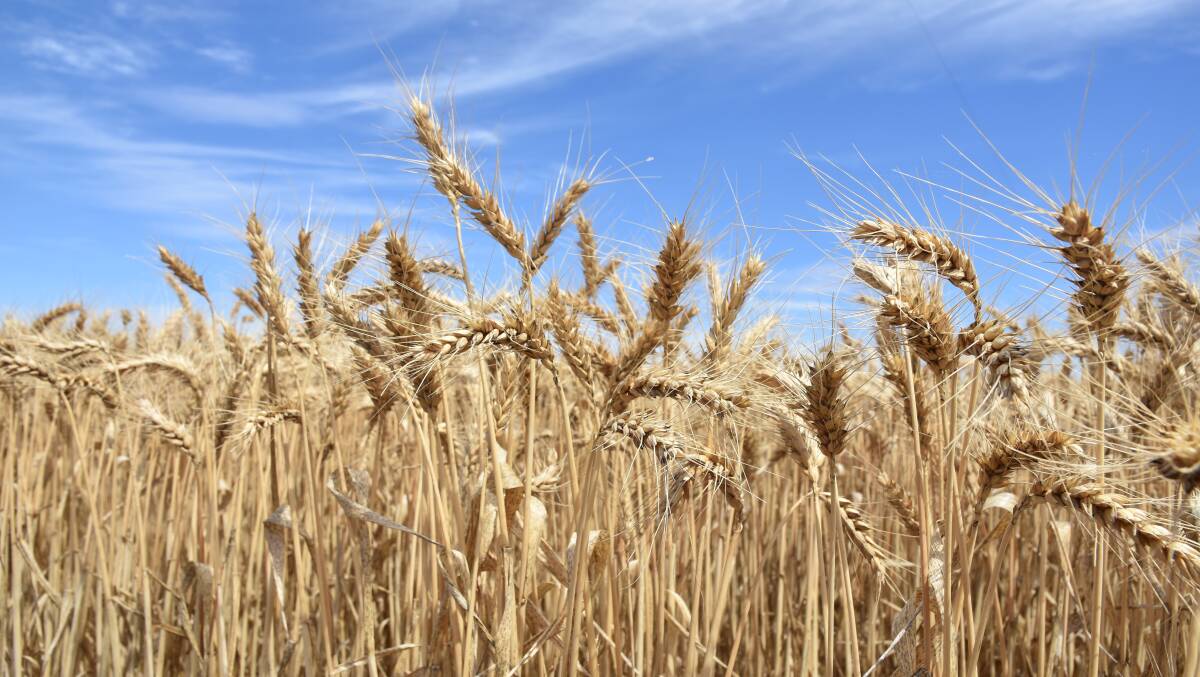
SLOWING demand, falling gas prices and China's scheduled re-entry to the market have seen global urea fertiliser prices come back by 11 per cent during May, however the drop is likely to be too late to be of major benefit to Australian farmers.
Thomas Elder Markets analyst Andrew Whitelaw said his company's modelling showed global urea prices had dropped from $1246 a tonne at the start of the month to $1106 now.
At a retail level, where it is notoriously difficult to get accurate data, it is believed around half of that fall has been passed on, with prices hovering around $1200/t, down from $1270/t at the start of the month.
Mr Whitelaw said he believed with the top dressing season just around the corner many growers would have already locked in product at the higher prices to ensure supply, especially given the positive start for the season for many, which has negated some of the risk involved in purchasing a high-cost input.
Farmers have privately said they can generate a substantial return on investment from urea, even at the current inflated prices, so long as grain prices remained high and seasonal prospects were good.
Mr Whitelaw agreed.
"The price received for our grain isn't that important - it is what margin we can capture," he said.
Given long term weather forecasts and the ongoing conflict in Ukraine at present the sums are adding up.
Mr Whitelaw said the upward pressure on prices caused by the war meant Australian growers were not exposed to the worst case inputs scenario.
"We have seen in the past seasons where farmers have bought inputs at a high price based on high grain prices at the time only to find after a big northern hemisphere crop that by our harvest time that prices had dropped dramatically."
"This is looking increasingly unlikely to happen this year the longer the conflict in Ukraine goes on, although the flip side is the lack of fertiliser from Russia keeps input costs up as well."
Mr Whitelaw said the market was looking to see how quickly and how aggressively China re-entered the nitrogen market when its self-imposed ban ends in June.
He said industry contacts suggested that trade flows are growing and that a 'soft opening' may already have commenced, which will add extra supply to the market.
Along with that there had been a drop in gas prices, a key ingredient in nitrogen fertiliser while demand from the major international fertiliser buyers had also been lukewarm forcing manufacturers to lower prices.
However, he said with Australian fertiliser retailers still working through their higher priced inventory it would only likely be later season orders for spring application that saw the full benefit of the fall in prices at present.


